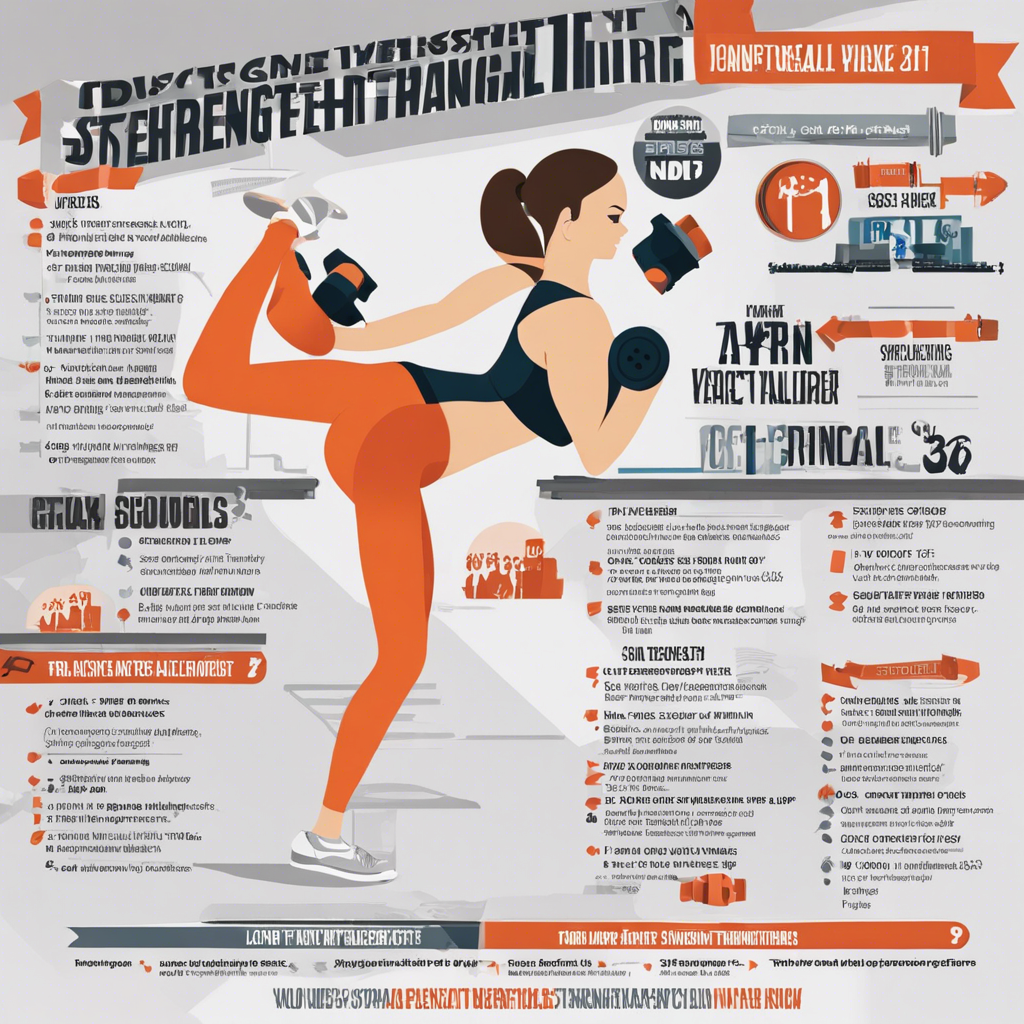Improving flexibility is about more than just touching your toes; it’s a key component of overall health and wellness. Whether you’re an athlete looking to enhance performance, someone dealing with tight muscles and limited mobility, or simply wanting to maintain a healthy body, improving flexibility is essential. So, how can you increase your flexibility and enjoy the benefits it brings?
First and foremost, it’s important to understand the difference between static and dynamic stretching. Static stretching involves holding a stretch in a fixed position for a set period of time, whereas dynamic stretching uses active movement to improve range of motion. Both have their place in a flexibility routine, with static stretching ideal for cooling down after a workout and dynamic stretching perfect for warming up the muscles before more intense activity.
To improve flexibility, a combination of these stretching techniques is ideal. Start with dynamic stretches to get the blood flowing and warm up the muscles. Gentle movements like leg swings, arm circles, and torso twists are a great way to ease into it. From there, you can move into static stretches, holding each stretch for 15-30 seconds to really target those muscles. Aim for a slight pull or discomfort, but never stretch to the point of pain.
Another important technique to improve flexibility is foam rolling. Foam rolling helps to release tension in the muscles and fascia, improving flexibility and mobility. It’s a great way to target those hard-to-reach areas and provide some self-myofascial release.
Consistency is key when it comes to improving flexibility. Aim to stretch at least three times a week, if not every day. Even a few minutes of stretching can make a difference, so don’t worry if you don’t have hours to dedicate to it. Making stretching a regular part of your routine will help you see results.
Incorporating a variety of stretches is also crucial. Target different muscle groups and vary your routine to ensure you’re hitting all areas of the body. This might include everything from simple hamstring stretches to more complex moves that target the hips and shoulders.
Flexibility is often associated solely with the physical body, but it’s important to note that breathwork also plays a significant role. Focusing on deep, slow breathing during your stretches can help relax the muscles and improve flexibility.
Finally, don’t forget to listen to your body. Everyone’s flexibility journey is unique, so don’t compare yourself to others. Instead, pay attention to what your body is telling you and adjust your stretches accordingly. With consistent practice, you’ll be on your way to improved flexibility and all the benefits that come with it.
Remember, improving flexibility takes time and dedication, but the results are worth it. By incorporating a combination of stretching techniques, foam rolling, and consistent practice, you’ll soon notice improvements in your range of motion and overall well-being. So, what are you waiting for? It’s time to embrace a more flexible you!

